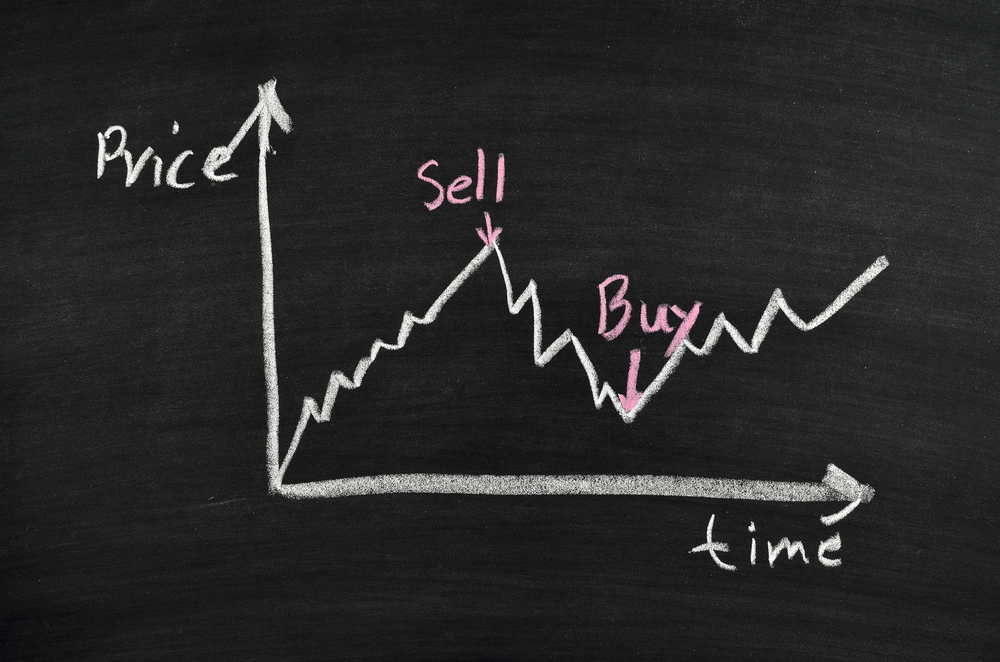The 20th century market guru, George Lindsay, explained that, no matter how long a bear market lasts, there is usually an obvious low 13 to 14 months after the previous bull market high (in this case, May 2015). This 13-14 month low is important even though it may not be the low of the Basic Cycle. 13-14 months is the time span of a long Basic Decline.
“Not just any secondary top or bottom. But the secondary high or low, the one that fairly jumps out at you from a bar chart.”
The duration of any rally after month 13/14 is variable; it can continue as long as five months. The duration of the rally is a relatively minor matter. The important part is this: Once the period of rallies ends and the market again turns down, the active part of the remaining decline has always been brief – not more than about three months at most. The decline to the Basic Cycle low has rarely lasted longer than 101 days.
Any remaining decline to a lower low, from the top of a bounce off of the 13/14 month low, has always been brief. A maximum decline of 101 days after the top of the bounce should be expected.
The above assumes higher highs are to come. However, if the Dow is engaged in a terminal decline (the final decline of the Long Cycle from point H or J to point M) then the 13-14mo low is followed by both a relief rally then another Basic Decline (~1 year) to lower lows. If the Dow breaks the February lows then it is a good bet that equities are in a Terminal Decline on their way to point M.
For now, it is enough to know that this 13-14 month low is due in either June or July this year.
Get your copy of the June Lindsay Report at Seattle Technical Advisors.





